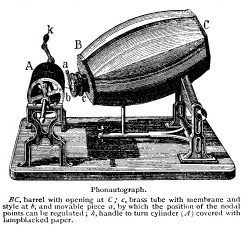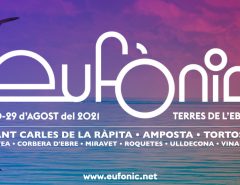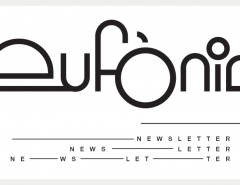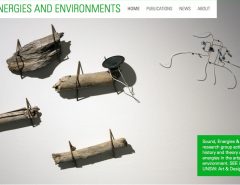First Sounds is an informal collaborative of audio historians, recording engineers, sound archivists, scientists, other individuals, and organizations who aim to make mankind’s earliest sound recordings available to all people for all time.
http://www.firstsounds.org/
First Sounds’ most newsworthy achievement to date has been the reproduction of sound from four phonautograms. Download the mp3s below to hear the world’s earliest sound recordings. These files are not excerpts; they are the full tracks as processed so far.
These sounds are licensed under Creative Commons Attribution (by) license and may be redistributed or sampled; all we ask is that you provide First Sounds with a copy of your work. Also, if using the sounds on your website, please save the file and host on your server.
Au Clair de la Lune–French folk song (1860 Phonautogram)
Scott recorded someone singing an excerpt from the French folksong «Au Clair de la Lune» on April 9, 1860, and deposited the results with the Académie des Sciences in 1861. The existence of a tuning-fork calibration trace allows us to compensate for the irregular recording speed of the hand-cranked cylinder. The sheet contains the beginning line of the second verse-«Au clair de la lune, Pierrot répondit»-and is the earliest audibly recognizable record of the human voice yet recovered.
[audio:http://www.firstsounds.org/sounds/1860-Scott-Au-Clair-de-la-Lune.mp3]Phonautographie de la voix humaine à distance–excerpts, at different speeds (1857 Phonautogram)
Scott identified the sheet of phonautograms he deposited with the Institut National de la Propriété Industrielle in 1857 as documenting «the human voice at a distance.» Two brief excerpts from two different records on this sheet are the earliest traces of his work played back to date, but his recording methods were not yet sophisticated enough at this time to yield audibly recognizable results. Here we present the two excerpts played at several different speeds.
[audio:http://www.firstsounds.org/sounds/1857-Scott-Excerpts.mp3]Diapason at 435 Hz–at sequential stages of restoration (1859 Phonautogram)
Scott attached another phonautogram to the «certificate of addition» he deposited with the Institut National de la Propriété Industrielle in 1859. We believe it to be a record made by a tuning fork vibrating at 435 Hz, then just adopted as the official French reference pitch. This is the oldest recognizable sound yet reproduced and is presented here at successive stages of restoration.
[audio:http://www.firstsounds.org/sounds/1859-Scott-Diapason-435-Hz.mp3]Metropolitan Elevated Railroad from 40 feet away (1878 Phonautogram)
In 1878, when Thomas Edison was hired to study the objectionable noise produced by the Metropolitan Elevated Railroad in New York City, he turned to the phonautograph, adapting one of his tinfoil phonographs to draw a «readable» lateral waveform. Edison’s colleague Charles Batchelor made this particular phonautogram as part of that project in September. We believe the excerpt presented here begins and ends with test shouts, with three specimens of actual train noise in between-the earliest American sounds yet reproduced. Note that pitch fluctuations are due at least in part to the irregular recording speed.
[audio:http://www.firstsounds.org/sounds/1878-Edison-MERR.mp3]
** Dictionary illustration of a phonautograph.




Leave a Reply
Lo siento, debes estar conectado para publicar un comentario.